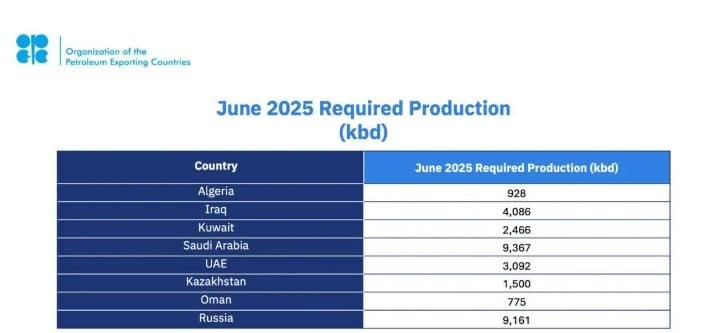Publisher: Maaal International Media Company
License: 465734
World sugar prices jump to highest level since 2011
Sugar prices around the world have risen to their highest level since 2011, due to a decline in global supplies after unusually dry weather damaged crops in India and Thailand, the world’s second and third largest sugar exporters.
Sugar is increasingly used in the production of biofuels such as ethanol, and thus global sugar reserves have reached their lowest levels since 2009.
Brazil is the world’s largest exporter of sugar, but its production will only help fill the gaps until late 2024. Until then, import-dependent countries – such as most countries in sub-Saharan Africa – remain at risk.
اقرأ المزيد
All of this contributes to food insecurity, due to the effects of the El Nino climate phenomenon, the war in Ukraine, and the weak value of currencies.
The reason for the current crisis is partly due to the “El Nino phenomenon,” which is a natural phenomenon that changes global weather patterns and may cause severe weather conditions ranging from drought to floods.
Naradeep Anantasuk, head of the Sugar Growers Association in Thailand, said that the effects of the El Nino phenomenon at the beginning of the growing season in his country not only changed the quantity of the crop, but also its quality, expecting to grind only 76 million metric tons of sugar cane during the 2024 harvest season. , compared to 93 million metric tons this year
A report issued by the US Department of Agriculture expected sugar production in Thailand to decline by 15 percent last October.









